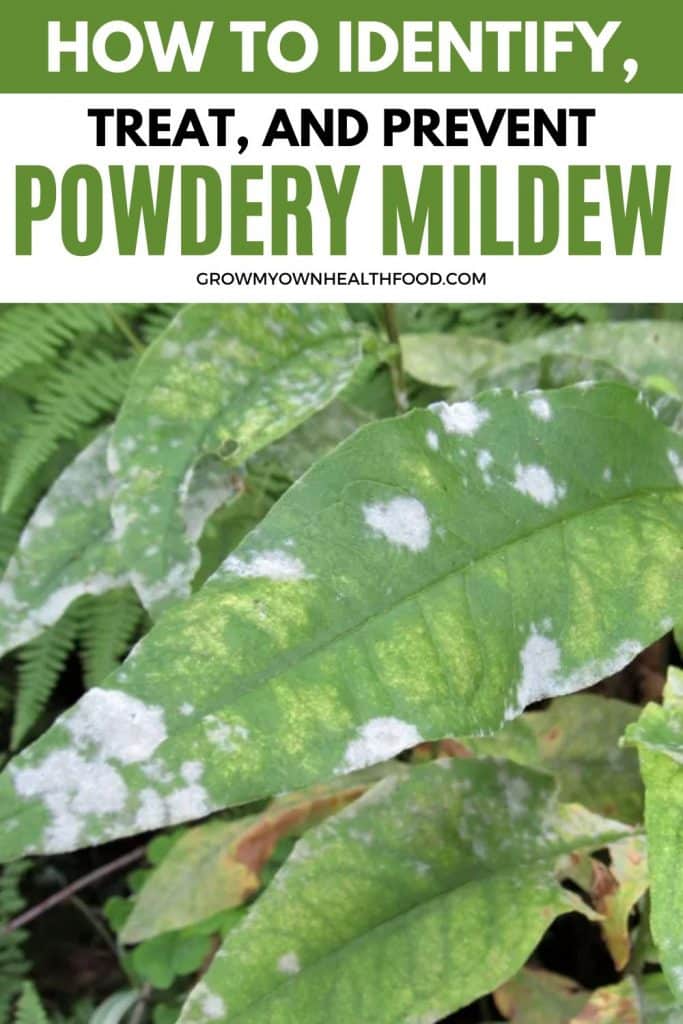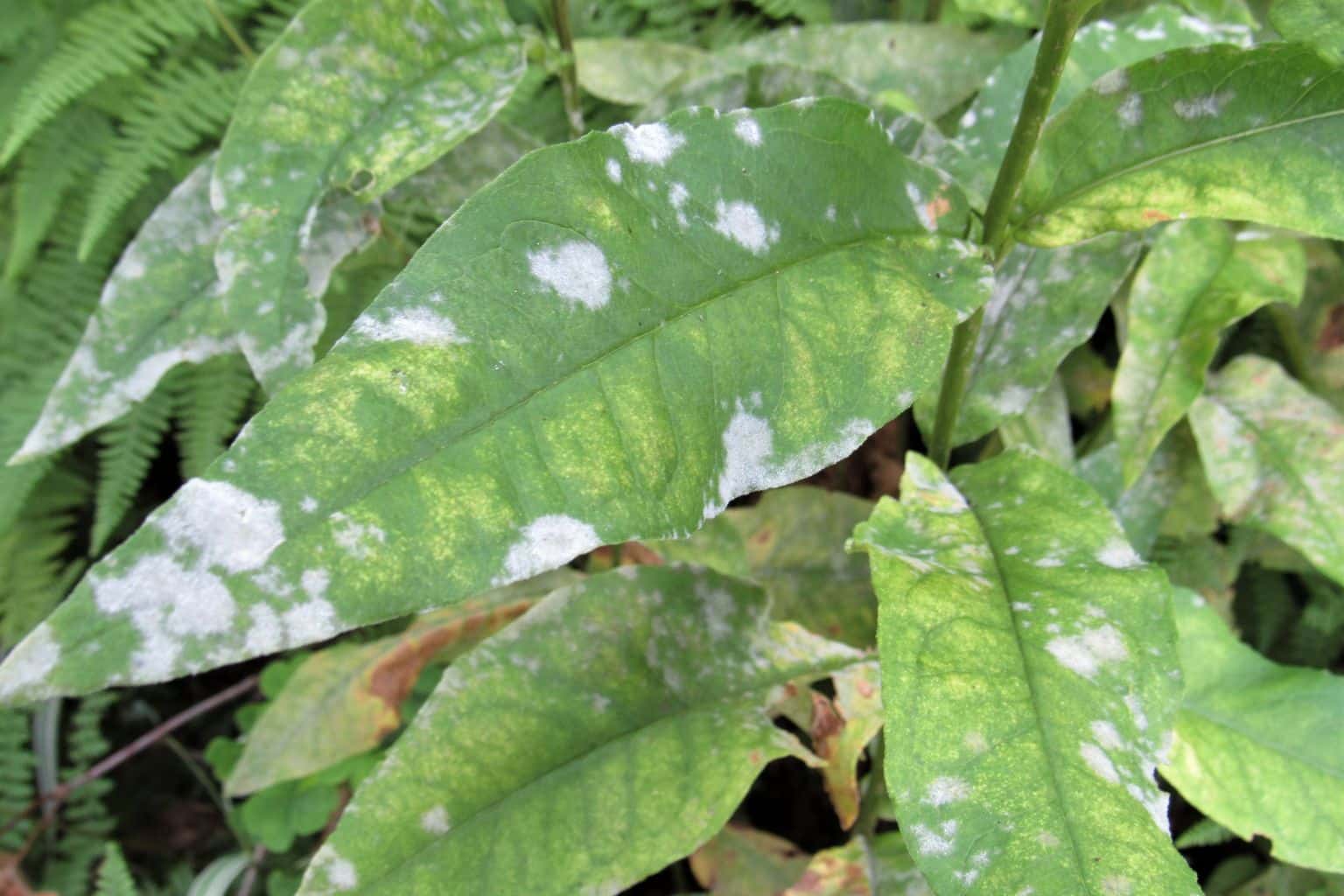Powdery mildew affects flowers, fruits, and vegetables and is caused by a family of fungi known as Erysiphaceae. Because this disease spreads through spores, it can quickly transmit through the air to other plants, making it frustrating to deal with. Although this disease is rather common, it doesn’t make it any less of an annoyance to deal with. To help, this article will review how to identify, treat, and prevent powdery mildew from taking over your garden.
How To Identify Powdery Mildew
Powdery mildew is relatively easy to identify because it looks like its namesake—powder. When infected, the upper parts of a plant’s leaves will look as if they have been dusted with powdered sugar. This powering will occasionally spread to the underside of the leaf.
At the beginning of the infection, it will start as circular spots of powder, appearing on the stems, leaves, or even the fruit. If left untreated, leaves, buds, and new growths will become disfigured, causing them to yellow and fall off. In the later stages, it will begin to slow down the plant’s growth, and if the infection becomes severe, the fruit will reduce in quality and amount.
How To Treat Powdery Mildew
Because powdery mildew is one of the most common garden problems, there are many treatment methods available. Trimming and pruning affected leaves will stop the spread, but in later stages, many people may not want to cut off all the affected parts. If you decide to use this method, do not compost the leaves, and be sure to dispose of them where the spores cannot spread through the wind. You can also use a store-bought fungicide. However, not everyone is comfortable spraying this on fruits and vegetables they’ll end up eating, and understandably so!
If you’re looking for a more food-safe, natural method of treatment, one of the most effective treatments is milk. While the science behind it isn’t fully understood, it is thought that the natural compounds in the milk boost the plant’s immune system and help combat the fungus. Simply mix one part milk with two parts water and spray liberally on the affected plants, and don’t forget to spray the underside of the leaves as well.
How To Prevent Powdery Mildew
Fungicide is an effective preventative measure, but again, not everyone wants to use fungicide on their fruits and veggies. A more natural and much less harsh preventative measure is baking soda. You can mix one tablespoon of baking soda and a half teaspoon of gentle liquid soap in a gallon of water and spray liberally on infected plants. Just be sure not to accidentally use dish detergent, as it will kill your plants. You may also want to consider placing future plants in sunnier areas, watering overheated plants, and selectively pruning overcrowded areas to improve air circulation throughout the leaves.
Now that you know how to identify, treat, and prevent powdery mildew, you can keep whatever you decide to grow safe and healthy.







